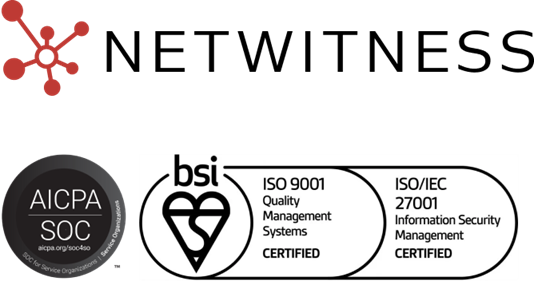What is Threat Management?
Threat management is the end-to-end process of identifying, assessing, and responding to security risks that can compromise an organization’s data, systems, or operations. By using tools and practices such as monitoring, analytics, and automated response, effective threat management reduces the impact of cyberattacks and helps keep critical assets safe.
Threat management is a proactive cybersecurity discipline that combines technology, processes, and people to detect and mitigate malicious activity. It covers every stage of the threat lifecycle – discovery, analysis, containment, and remediation, so security teams can address incidents before they escalate.
Common approaches include cyber threat management, security threat management, and specialized solutions like a threat management gateway or a unified threat management system that bundles firewall, intrusion detection, and antivirus into a single platform.
Synonyms
- Risk Management
- Incident Management
- Vulnerability Management
- Network Threat Management
Why Threat Management Matters?
Organizations face an expanding attack surface and increasingly sophisticated adversaries.
Strong threat management:
- Reduces dwell time by quickly spotting malicious activity.
- Protects sensitive data and intellectual property.
- Meets compliance and regulatory requirements.
- Lowers the cost and disruption of security incidents.
Without a coordinated cyber security threat management strategy, even small vulnerabilities can lead to major breaches.
How Threat Management Works?
A mature threat management program typically includes these key components:
- Threat Detection – Continuous monitoring of networks, endpoints, and cloud environments to spot anomalies.
- Threat Analysis – Investigating alerts to understand scope, severity, and root cause.
- Response & Mitigation – Containing threats through automated playbooks, patching, or manual intervention.
- Recovery & Lessons Learned – Restoring systems and updating defenses to prevent recurrence.
Organizations may deploy dedicated platforms, leverage threat management services, or adopt a unified threat management system to streamline these steps.
Best Practices to Strengthen Threat Management
To build an effective program:
- Establish 24/7 Visibility: Use advanced monitoring and analytics to detect threats in real time.
- Automate Where Possible: Integrate SOAR tools to speed investigation and response.
- Prioritize Based on Risk: Focus resources on high-impact vulnerabilities.
- Regularly Test and Update: Conduct penetration tests and update defenses as attacker tactics evolve.
These practices help align cyber threat management efforts with business priorities.
Related Terms & Synonyms
- Cyber Threat Management – The broader practice of identifying, analyzing, and responding to cyber risks affecting digital assets.
- Security Threat Management – Focused on securing networks and systems against threats, often overlapping with cyber threat management.
- Threat Management Gateway – A network appliance or service that centralizes security controls like firewalls, intrusion prevention, and antivirus to manage threats at the gateway level.
- Unified Threat Management System – An integrated platform combining multiple security services into a single solution for simplified monitoring and response.
- Threat Management Services – Outsourced or managed solutions that help organizations detect, investigate, and respond to security threats efficiently.
NetWitness delivers advanced security threat management capabilities that help security teams detect, investigate, and respond to threats across networks, endpoints, and cloud environments. With deep visibility and automated analytics, NetWitness empowers organizations to stay ahead of cyberattacks and strengthen their overall cyber security threat management posture.
People Also Ask
1. What is a threat management gateway?
A threat management gateway is a security appliance or service that integrates multiple protections – firewall, intrusion prevention, web filtering – into a single point of control to detect and block malicious traffic.
2. What is continuous threat exposure management?
Continuous threat exposure management is an ongoing process of discovering, validating, and remediating vulnerabilities across an organization’s digital environment. It provides a real-time view of risk so teams can address weaknesses before attackers exploit them.




